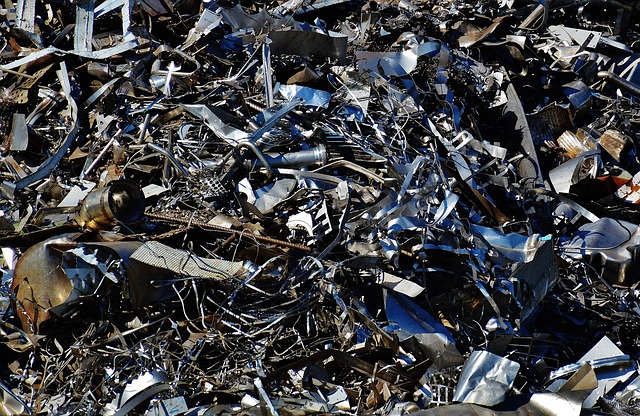Metal roofing is a growing trend, praised for its eco-friendliness, durability, and sustainability. Crafted from recyclable materials like steel, aluminum, or copper, these roofs offer superior weather resistance and minimal maintenance needs. Their high recyclability and energy-reflecting properties reduce environmental impact and lower cooling costs. With lifespans exceeding several decades, metal roofing represents a strategic investment for property owners seeking long-term sustainability. Modern manufacturing processes further enhance its eco-consciousness by adopting recycled content and minimizing waste. The reflective coatings protect against UV rays, extreme weather, and contribute to energy efficiency, making it a cost-effective choice backed by lengthy warranties. Local governments worldwide support metal roofing through incentives, driving its popularity as a revolutionary, sustainable building practice.
In today’s eco-conscious world, exploring sustainable alternatives for roofing materials is a smart choice. Metal roofing has gained popularity due to its durability and low maintenance requirements. However, not all metal roofs are created equal. This article delves into the realm of eco-friendly metal roof options, examining traditional vs. green alternatives, sustainable manufacturing processes, energy efficiency benefits, longevity, and local incentives that make metal roofing an attractive, environmentally responsible choice.
Understanding Metal Roofing: Materials and Benefits
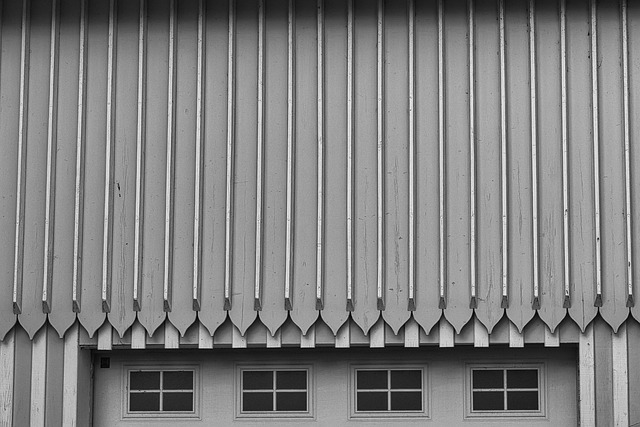
Metal roofing has emerged as a popular eco-friendly option, offering both durability and sustainability. Typically made from materials like recycled steel, aluminum, or copper, these roofs provide exceptional longevity and resistance to extreme weather conditions. The use of metal promotes environmental friendliness due to its high recyclability and low maintenance requirements.
The benefits extend further; metal roofing is known for its ability to reflect heat, reducing the need for air conditioning, which translates to energy savings. Moreover, its modular design allows for easy installation and replacement, ensuring minimal waste during construction or repairs. With proper care, these roofs can last several decades, making them a wise investment for both homeowners and commercial property owners who prioritize long-term sustainability.
Traditional vs. Eco-Friendly Metal Roof Options

When considering metal roofing, a key distinction lies between traditional options and eco-friendly alternatives. Traditional metal roofs are often made from materials like steel or aluminum, produced through energy-intensive processes that contribute to environmental impact. These materials also tend to end up in landfills as waste after their useful life, creating additional ecological challenges.
In contrast, eco-friendly metal roof options prioritize sustainability throughout their lifecycle. Manufactured from recycled content, these roofs minimize the demand for new resources and reduce overall environmental stress. Additionally, many eco-friendly metals are designed to be longer-lasting, offering excellent corrosion resistance and durability, thereby decreasing the need for frequent replacements. This not only conserves natural resources but also reduces construction waste, making them a more responsible choice for environmentally conscious homeowners.
Sustainable Manufacturing Processes

In the pursuit of eco-friendly building materials, sustainable manufacturing processes for metal roofing stand out as a key consideration. Many modern metal roof manufacturers now employ environmentally conscious practices, ensuring that their products are not just durable and low-maintenance but also kind to the planet. These include using recycled content in production, reducing energy consumption during manufacturing, and minimizing waste generated from the process. By adopting such methods, these companies contribute to a circular economy, where resources are reused and repurposed, thereby decreasing the demand for new materials and lessening the environmental impact of metal roofing production.
Moreover, sustainable manufacturing goes beyond just the production stage. Some manufacturers also focus on the entire lifecycle of their metal roofs, ensuring that products can be easily recycled or reused at the end of their useful life. This holistic approach to sustainability means that eco-friendly metal roofing options not only reduce environmental impact during installation but also offer long-term benefits for both homeowners and the planet.
Energy Efficiency and Metal Roofs
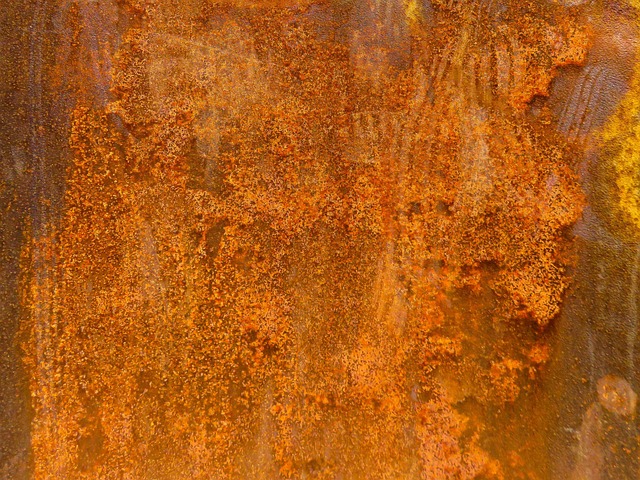
Metal roofing has gained popularity for its durability and low-maintenance properties, but it also offers significant energy efficiency benefits. The reflective nature of metal—typically made from materials like aluminum or steel—can significantly reduce a building’s heat absorption, leading to lower cooling costs. This is especially advantageous in warmer climates where air conditioning demands are higher. By reflecting sunlight instead of absorbing it, these roofs help maintain a more comfortable interior temperature, reducing the strain on HVAC systems.
Moreover, metal roofing can be engineered with advanced coatings that further enhance its energy-saving capabilities. These coatings provide an extra layer of protection against UV rays and extreme weather conditions, ensuring the metal beneath remains in optimal condition for longer. As a result, building owners can enjoy not only reduced energy bills but also a more sustainable and environmentally friendly living or working space.
Longevity and Low Maintenance Choices
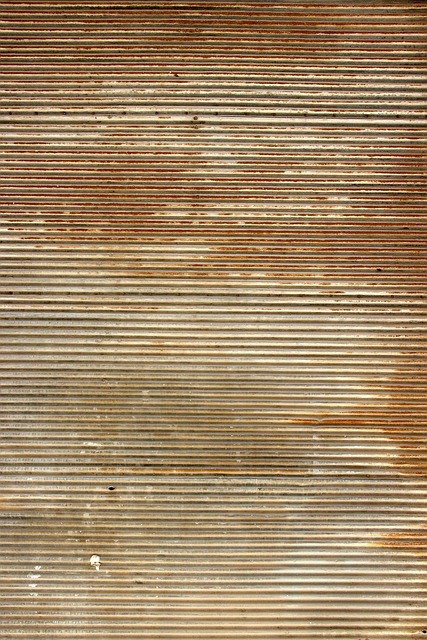
When it comes to eco-friendly options, metal roofing stands out for its remarkable longevity and low maintenance requirements. Unlike traditional materials that may require frequent repairs or replacements, metal roofs are built to last, often coming with warranties of up to 50 years or more. This durability not only reduces waste but also translates to significant cost savings over time.
Moreover, metal roofing is highly resistant to elements such as strong winds, heavy rain, and extreme temperatures. Its lightweight design offers better insulation, leading to energy-efficient performance and lower heating and cooling costs. With proper installation, these roofs can withstand harsh weather conditions, ensuring minimal maintenance and a consistent, attractive appearance for years to come.
Local Regulations and Incentives for Green Metal Roofs
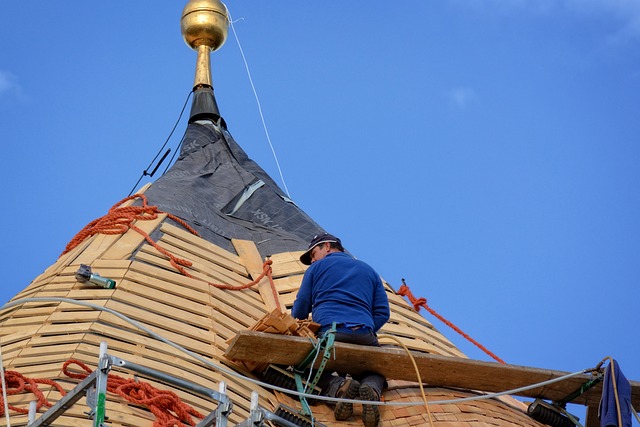
Many regions are embracing eco-friendly building practices, and metal roofing is no exception. Local governments worldwide are introducing regulations that encourage the adoption of green construction materials, including metal roofs. These incentives range from tax breaks and rebates to zoning changes and building code amendments. Homeowners considering metal roofing should research these local programs, as they can significantly offset the initial installation costs.
Additionally, certain communities have established specific guidelines for eco-friendly roof systems, defining what constitutes a green roof and its benefits. These regulations often promote improved energy efficiency, reduced environmental impact, and enhanced building sustainability. As a result, metal roofing options that meet these criteria gain popularity, driving the market towards more sustainable practices in the metal roofing industry.
